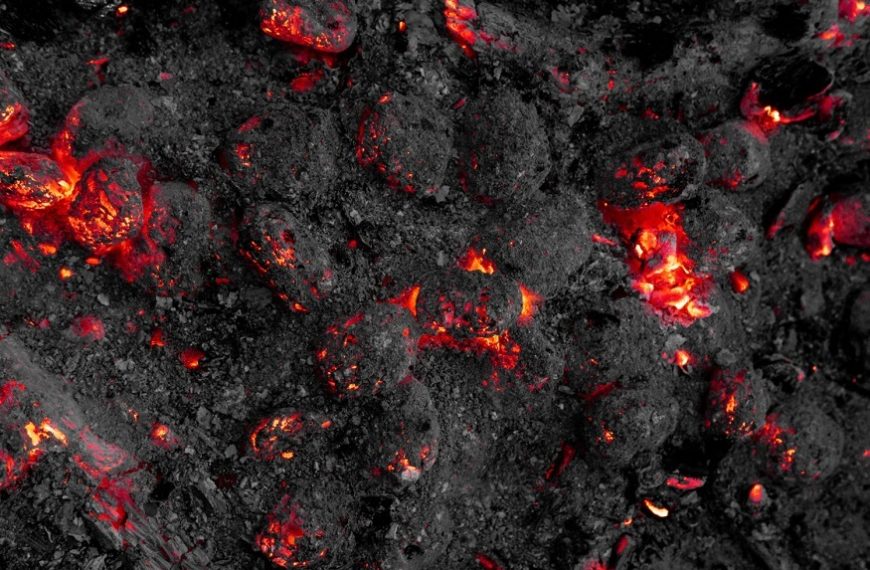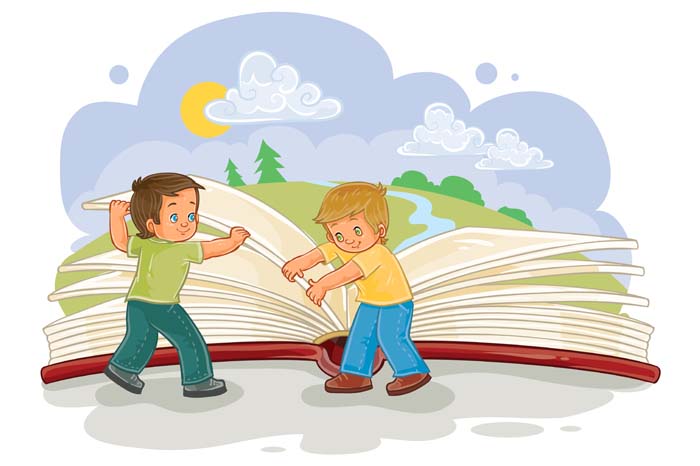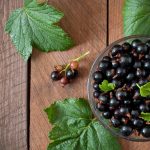What do you do when you’re standing in front of an erupting volcano?
The answer is pretty obvious: You Run!
Luckily for us, we don’t usually get into a situation like the one above.
And yet, a volcano is one of the most enchanting sights to witness from afar.
Inarguably the most striking feature of an erupting volcano, is the Lava that flows from its top and down its sides.
Without lava, the volcano would be merely ‘A Mountain with a Hole on top!’
This blog post attempts to answer common questions like ‘What is Lava?’, and the less-asked ones like ‘How is Lava formed?’
Ready for some fun Volcano Lava Information? Let’s get all that ‘Dormant’ knowledge out of its hiding area, for some fun, ‘Active’ learning!
All about Lava: Volcano Lava Information for the discerning reader
What is Lava? When asked that question, one might say something to the tune of, ‘That hot liquid that spews out the mouth of volcanoes, when they erupt.’
Now, while the above explanation is not inaccurate, it’s not a detailed version of what lava is.
If we dig deep into the earth, we arrive at its inner core. This is like a ‘Sun’ of sorts, with blisteringly hot temperatures. In essence it is ‘molten rock’, and here, at the Earth’s centre, it is known as ‘magma.’
Now, what happens when this magma comes to the surface of the earth in a volcanic explosion? Then, it is called ‘Lava’!
Some things about Lava you probably didn’t know:
- What is the temperature of lava?
- It contains gas and rock, too.
It is so hot, its temperatures can reach up to 1200 degrees Celsius!
Cool Fact: Sometimes the gas is trapped as bubbles, and this leads to the formation of a stone called Pumice.
All About Lava: Its Formation
We know what the temperature of Lava is, but how is Lava Formed?
We have already touched upon the fact that Lava is Liquid Rock. In a nutshell, lava is formed by two things: Heat and Pressure. Both these things are in abundance, at the Earth’s core.
A fun way to explain How Lava is Formed to kids, is to describe it to them in the following manner. Tell them to imagine that lava started off as rocks that were crushed like a ball of plasticine in their hands. The intense temperatures added to the pressure, resulted in the liquid rock, or magma.
All about Lava: Types of Lava
Just like there are different types of Volcanoes, there are different types of Lava!
Pahoehoe lava
This lava that has a most interesting name, is characterized by its smooth and continuous ‘crust.’ This kind of lava is low in viscosity, and is also known as Ropy Lava.
Where it can be found: Hawaii.
Aa lava
This one’s the ‘rubble crust’ of a lava flow, and is a common type of lava. A lava, that is highly characterized by its ‘unstable top.’
Interesting fact: This name has its origins in the language of the people of Hawaii.
Where it can be found: The Southern tip of La Palma.
Blocky Lava
What happens when the Silica content in the lava is considerably higher? You get Blocky Lava! This one closely resembles the Aa lava flow, touched upon in the earlier point. While these ‘blocks’ of lava have irregular surfaces, its sides and edges are smoother as compared to its ‘similar’ counterpart.
Where it can be found: Nea Kameni Island, Santorini, Greece.
Pillow lava
Now that’s a cool name for a type of Lava Flow! This one is actually the most common type of lava, of all four forms. Interestingly, it is formed when the lava flows out of the earth’s crust, but ‘underwater’! It is generally found in the middle of the ocean at ridges, but it is even found in lakes and at times, in glacial ice, too.
Note: This type of lava flow has a ‘glassy sheen’, on account of its cooling down rapidly when it comes in contact with water.
Where it can be found: Mid-oceanic ridges
All about Lava: Fun Facts about Lava
Now that we have seen the different Types of Lava, it’s time to dig deeper into that Volcano of Information.
- Some lava flows are very long.
- Aa lava can make hiking difficult.
- More about How Aa lava got its name.
- For years, human beings have tried to stop lava flows.
- It’s quite easy to run away from Lava.
- There is actually a restaurant that uses Lava to cook food!
Generally, most lava flows are less than 10 km long. However, there are Pahoehoe lava flows that are more than 50 kms long!
If you have ever been hiking and found it especially difficult at times, you might just have been treading on Aa lava! Its surface being loose, broken and spiny, is what accounts for this.
As discussed earlier it’s a Hawaiian word, but how did it get its name? The answer: It was introduced as a technical geological term, by the American geologist Clarence Dutton.
Perhaps the earliest known attempt, was in the year 1669, when Mount Etna in Sicily erupted. When it did, some men actually created a hole in the hard side of the lava flow, thinking the lava would flow out, and their town would be saved.
Contrary to what one is accustomed to seeing in the movies, a Lava Flow can be easily outrun. It’s actually the sudden explosions that cause rapid lava flows, that one needs to keep an eye out for.
Its name is El Diablo, and it’s in the Canary Islands. There is a 6-foot deep hole that has lava at the bottom, above which the ‘grill’ is placed.
At EuroKids, we believe that all children love the thought of Volcanoes erupting. It’s a really great idea, to make it all the more fascinating, by teaching them more than they already know about Volcanoes and Lava.














